Pros
Cons
Introduction
Front
{{section_header}}{{section.name}}{{/section_header}}
The Vizio XVT3D650SV has a giant 65-inch LCD screen, which basically dominates the front of the set. The screen has a viewable size of 64.5-inches and is surrounded by a generous black beze.
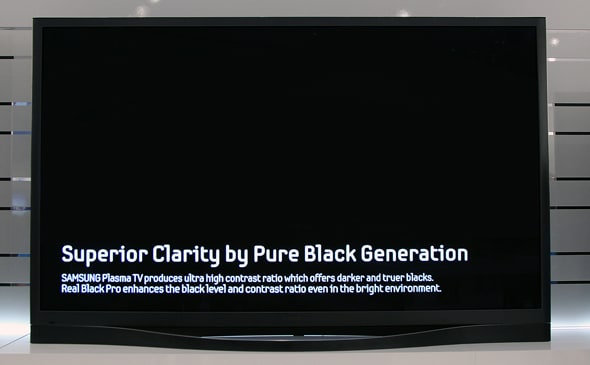
Back
{{section_header}}{{section.name}}{{/section_header}}
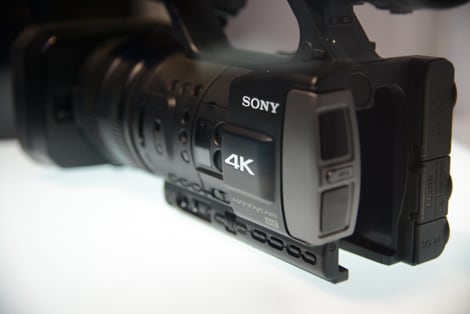
Sides
{{section_header}}{{section.name}}{{/section_header}}
We could only get a shot of the left side of the XVT3D650SV on the floor at CES, and this photo doesn't even do a good job showing off the TV's thickness. Maybe this number will help you out: the XVT3D650SV is roughly 2.25-inches thick on the sides.
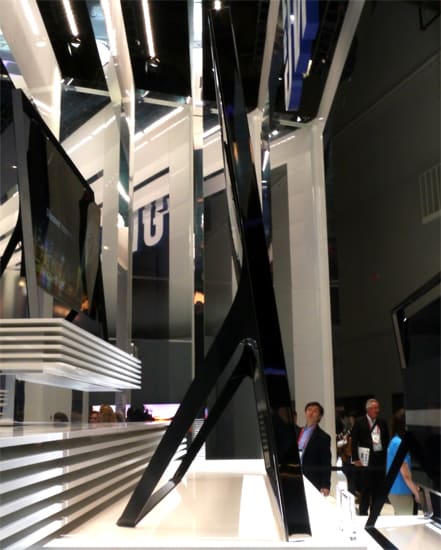
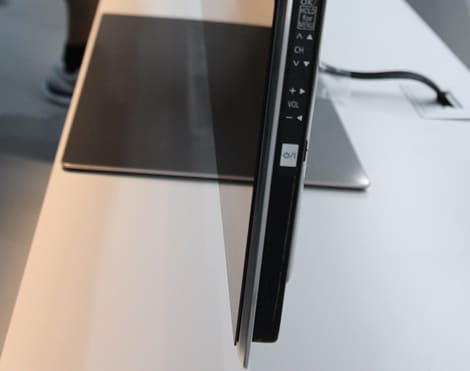
Stand/Mount
{{section_header}}{{section.name}}{{/section_header}}
The XVT3D650SV looked good mounted on the wall at CES, and that's probably the best way to save space in your house. If you use the provided stand, the TV takes up a lot more room (the stand is 16-inches thick and raises the TV up about two inches).
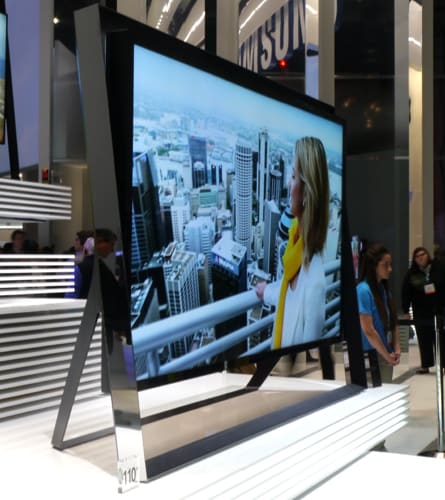
Aesthetics
{{section_header}}{{section.name}}{{/section_header}}
The XVT3D650SV certainly isn't the prettiest TV on the market, but isn't the image on the screen more important? The XVT3D650SV has a wide bezel compared to the ultra-thin models from other manufacturers we saw at CES this year, but it really wasn't anything too distracting. The huge 65-inch screen kind of distracts you from analyzing the bezel on the XVT3D650SV.
Display Size & Technology
{{section_header}}{{section.name}}{{/section_header}}
The XVT3D650SV has a 65-inch LCD screen... let's start with that. It also has Edge lit Razor LED backlighting and 3D functionality. Basically, it's one of the more loaded HDTVs you'll find on the market.

Formats & Resolution
{{section_header}}{{section.name}}{{/section_header}}
The XVT3D650SV is a Full HD TV, which means it supports a 1080p signal.
Brightness, Blacks and Contrast Ratio
{{section_header}}{{section.name}}{{/section_header}}
Vizio lists the contrast ratio on the XVT3D650SV as 1,000,000 to 1, but manufacturers often inflate these numbers to unrealistic levels. Wait until we get the XVT3D650SV into our labs and we'll give you a better idea of the TV's actual contrast ratio.
Color
{{section_header}}{{section.name}}{{/section_header}}
Colors generally looked good on the XVT3D650SV, but we noticed lots of discoloration when we viewed the TV at an angle of 45-degrees or higher (especially with 3D content). Vizio's specs list the TV as having 1.07 billion colors.
Motion & Refresh Rate
{{section_header}}{{section.name}}{{/section_header}}
The XVT3D650SV has a 120Hz refresh rate, which isn't the highest refresh rate out there, but we think it is plenty good enough—even for people who watch content with lots of fast motion. There's also a smooth motion feature on the TV that you can turn on and off.
Viewing Angle
{{section_header}}{{section.name}}{{/section_header}}
As we said in the Color section above, we noticed some discoloration with the image on the XVT3D650SV when we viewed it at high angles. We only really saw this with 3D content, so it may not be much of a problem with regular viewing.
3D Glasses
{{section_header}}{{section.name}}{{/section_header}}
The XVT3D650SV uses passive 3D technology instead of active shutter glasses. The advantage of passive 3D technology is that the glasses are extremely cheap (and light), you don't get as much ghosting in the 3D images, and the glasses don't need a battery or power. With passive 3D, the glasses simply have polarized lenses in order to create the 3D effect when you view the television. The glasses are so cheap that Vizio throws in 4 free pairs with the XVT3D650SV (most active shutter HDTVs don't even come with a single pair of 3D glasses—and they can cost hundreds of dollars for each pair).
The disadvantage of passive 3D is that the image resolution must be halved, so it's not really 1080p Full HD in 3D. Active shutter glasses, which is the other kind of 3D technology you see on HDTVs, should produce a higher-resolution image.
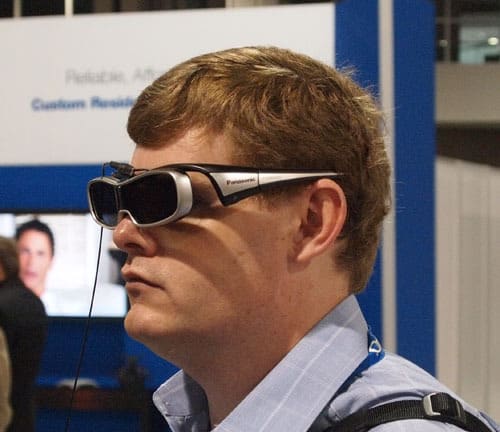
There's no getting around the fact that 3D glasses make you look ridiculous (and possibly feel ridiculous too).
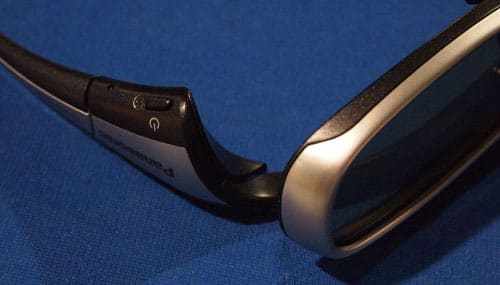
The power button makes the glasses usable for viewing 3D by turning on the active shutter feature.
3D Effect
{{section_header}}{{section.name}}{{/section_header}}
Since it uses passive 3D technology, the XVT3D650SV did produce a very good 3D effect at times. Images had little ghosting and blur, but we did see some discoloration when we viewed the TV from the sides. To be honest, we didn't notice much loss in sharpness or resolution with the passive 3D as opposed to active shutter glasses. We also liked the feel of the passive 3D glasses a lot more due to their light design.
3D Motion
{{section_header}}{{section.name}}{{/section_header}}
Motion looked good in 3D on the XVT3D650SV, and, as we said above, ghosting wasn't too much of a problem. At times we did notice the image to look a bit dim—which can be a problem with passive 3D technology—but this didn't negatively impact the motion performance.
Audio & Video Ports
{{section_header}}{{section.name}}{{/section_header}}
We couldn't get a photograph of the ports and inputs on the XVT3D650SV, but we do have a list of what connectivity options are available on the television. On the back there's a Component, Composite, VGA, RF, and ethernet port. On the side there are five (yes, five) HDMI terminals, three USB ports, and an HD Gameport. Vizio says the USB ports don't offer multimedia support yet, but they will soon (via a firmware update). There's also an optical digital output and an analog audio out on the HDTV as well.
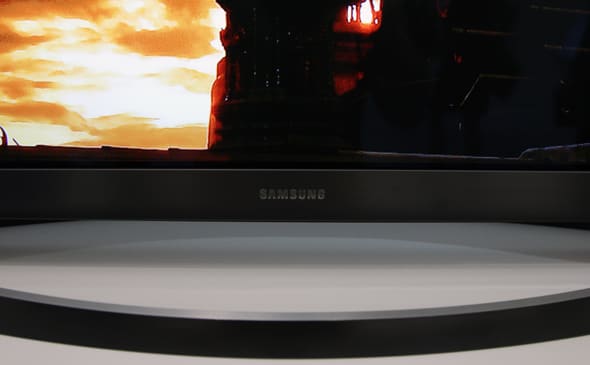
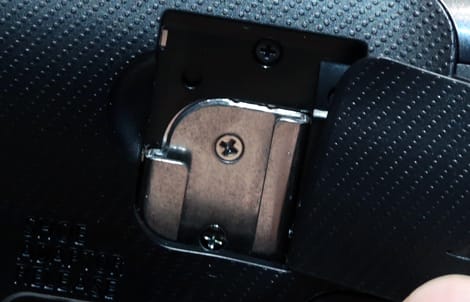
Internet & Other Media
{{section_header}}{{section.name}}{{/section_header}}
The XVT3D650SV has both WiFi built-in to the set and Vizio's collection of internet applications. This combination allows you to stream movies and television, access specific websites, and do a whole bunch of other cool things.
Remote
{{section_header}}{{section.name}}{{/section_header}}
The remote for the XVT3D650SV definitely isn't slick, but it gets the job done. And who really uses their TV remote these days anyway? Aren't most people using the remote that comes with their cable box or some other kind of universal remote? Regardless, the Vizio remote that comes with the XVT3D650SV should be fine for your channel-changing needs.

Controls
{{section_header}}{{section.name}}{{/section_header}}
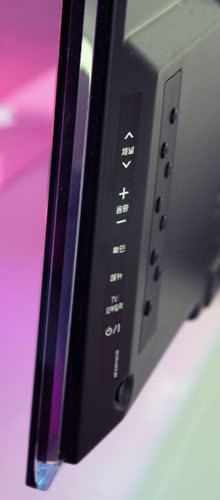
Menu
{{section_header}}{{section.name}}{{/section_header}}
We didn't get to see a menu for the XVT3D650SV on the floor at CES, so we can't comment on it here. Stay tuned for our full-length review later this year—we'll cover the menus in addition to doing our full battery of performance-based testing.
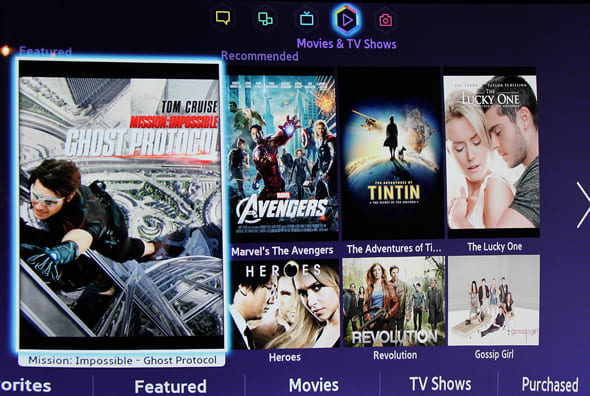
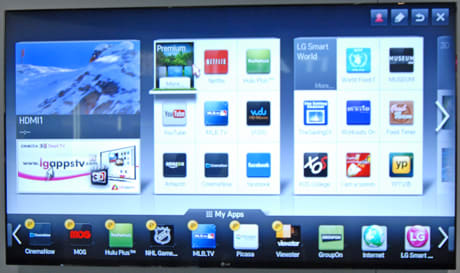
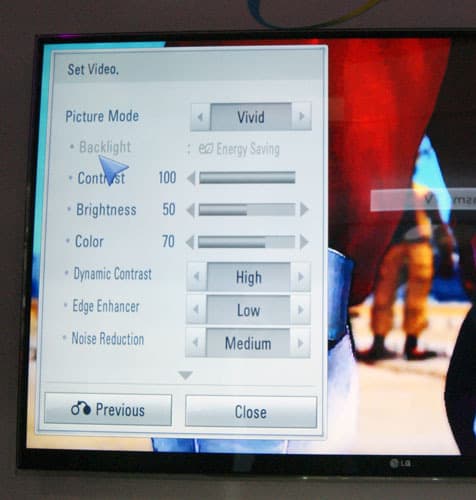
Conclusion
{{product.vanity}}
The Vizio XVT3D650SV is an interesting 3D HDTV for sure. It's got a gigantic screen and its 3D content looks good for the most part, although we noticed some troubles with the TV's viewing angle. Most importantly, the XVT3D650SV uses passive 3D technology, which means its 3D glasses are dirt cheap—so cheap Vizio throws in four pairs for free! That kind of complimentary action is unheard of with the more-expensive active shutter glasses that most 3D HDTVs employ.
Is the passive 3D worse than active shutter? It was hard to tell on the show floor at CES. We must say the 3D content looked good, but using passive 3D technology often creates brightness or black level problems (even when viewing regular 2D content). We'll have to wait until the XVT3D650SV gets into our labs before we can see how well Vizio handled this issue. For now, we remain excited about the possibilities the XVT3D650SV brings to the table.
Specs
{{manufacturer_specs_table}}
Meet the tester
Jeremy is the video expert of our imaging team and Reviewed.com's head of video production. Originally from Pennsylvania and upstate NY, he graduated from Bard college with a degree in film and electronic media. He has been living and working in New England since 2005.
Checking our work.
Our team is here to help you buy the best stuff and love what you own. Our writers, editors, and experts obsess over the products we cover to make sure you're confident and satisfied. Have a different opinion about something we recommend? Email us and we'll compare notes.
Shoot us an email